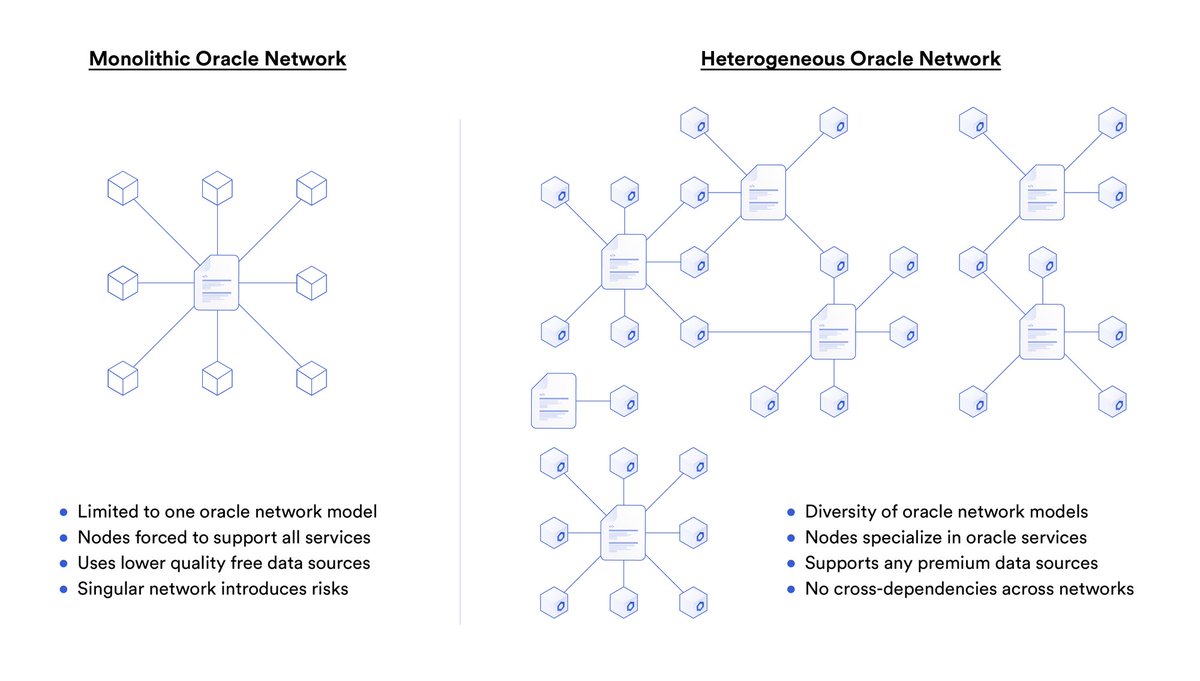Every institution will have their own blockchain -> every institution will have their own tokenization platform
Extremely bullish for the adoption of public chains, tokenized assets, and Chainlink
All of these tokenization platforms will require onchain data and cross-chain interoperability solutions to maximize the accessibility, programmability, and liquidity of tokens issued on their platform
@FireblocksHQ and @taurus_hq are just two examples of such platforms that have already adopted Chainlink for onchain data (Data Feeds, Proof of Reserve) and interoperability (CCIP) to accelerate tokenized asset adoption
Providing Swift connectivity and interoperability between legacy system and blockchains will be Chainlink’s key advantage in this arena
The number of tokenization platforms will only continue to accelerate, alongside the number of public/private blockchains



Extremely bullish for the adoption of public chains, tokenized assets, and Chainlink
All of these tokenization platforms will require onchain data and cross-chain interoperability solutions to maximize the accessibility, programmability, and liquidity of tokens issued on their platform
@FireblocksHQ and @taurus_hq are just two examples of such platforms that have already adopted Chainlink for onchain data (Data Feeds, Proof of Reserve) and interoperability (CCIP) to accelerate tokenized asset adoption
Providing Swift connectivity and interoperability between legacy system and blockchains will be Chainlink’s key advantage in this arena
The number of tokenization platforms will only continue to accelerate, alongside the number of public/private blockchains




• • •
Missing some Tweet in this thread? You can try to
force a refresh




















